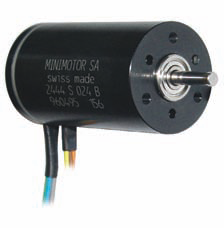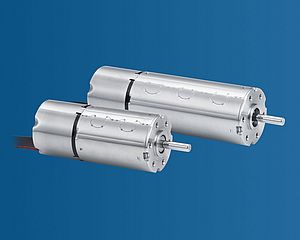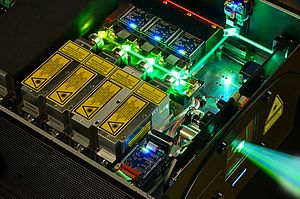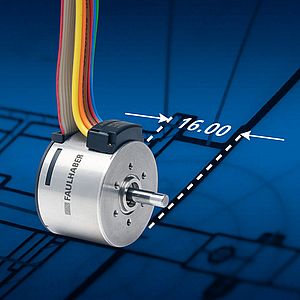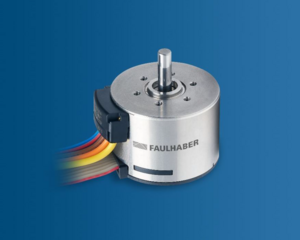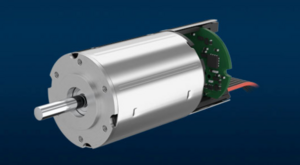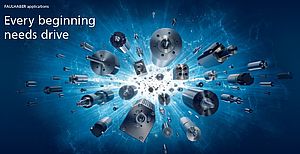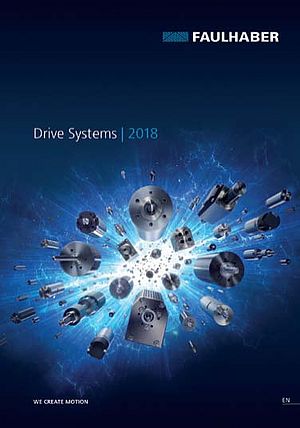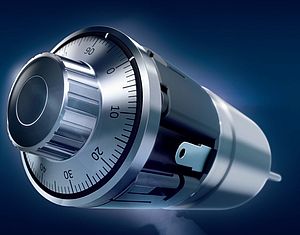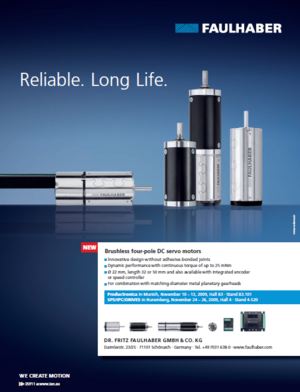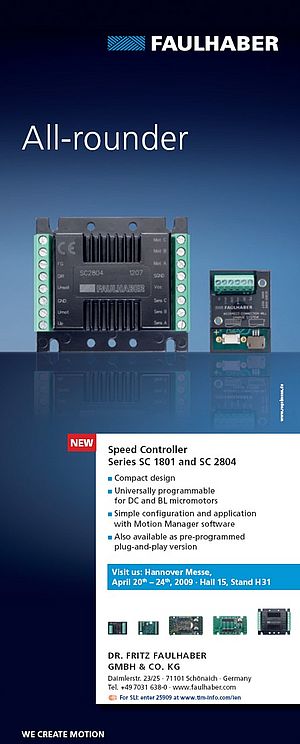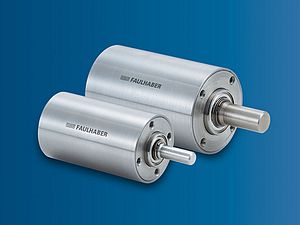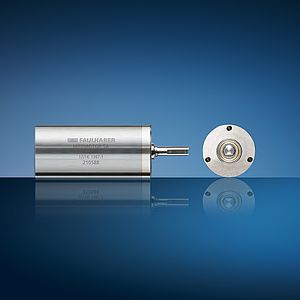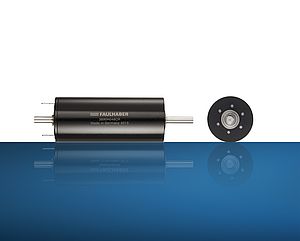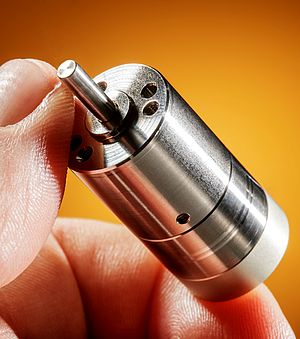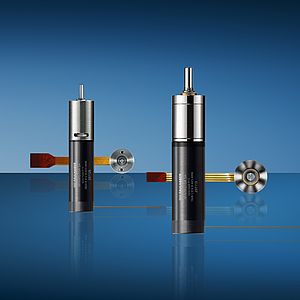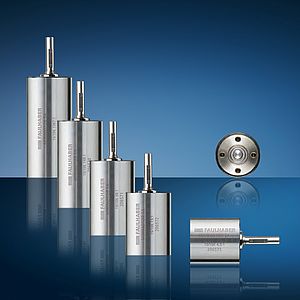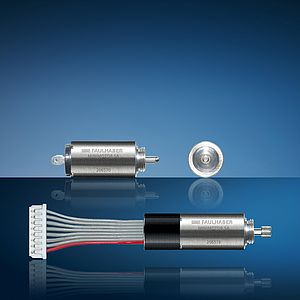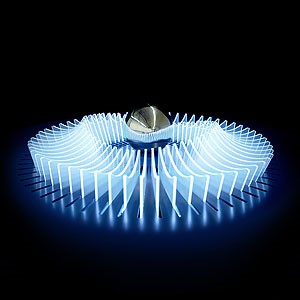Responsible for the full range of tasks from mixing and dosing to bottling and packing, the pharmacist of yesteryear was the original manufacturer of the majority of drugs dispensed. How times have changed: today’s pharmacies operate as specialised distribution centres for ready-packaged drugs. In the majority of cases, a wholesaler will operate an automated order-picking system to facilitate the downstream supply of individual pharmacists. This saves both time and money, simultaneously speeding up customer service. Script Pro from Mission in Kansas, USA, has now transferred this principle to individual pharmacists. To ensure an efficient transition, the automated dispenser system was designed according to the dimensions of conventional shelf systems used to date. This naturally means that there are restrictions regarding the size of the mechanical components incorporated. The result: a tailor- made drive system for automated pharmacy distribution.
Less is often more
When it comes to managing a diverse range of drugs, large-volume storage is essential. Distributors also have to deal with various means of packaging, such as loose filling of pills in larger storage boxes or ready-packed larger units in boxes, jars or tubes. A distribution system must be capable of selecting, counting and transporting all of these units in a manner that is fail-safe. Dependent on their surface composition, pills which are supplied in bulk are susceptible to clogging or sticking. Therefore, any unit incorporated within a dispenser system requires a high level of torque to overcome the problem of clogging. In parallel, the movement must also be precisely dosed in order to transport individually counted pills as reliably as possible.
A miniaturised crane system proved a spacesaving and cost-effective solution. The crane boom itself is the only component in the system that moves autonomously. It incorporates all the drives required – in the smallest space possible. In the system’s basic version, a crane boom operates in excess of 100 specially developed pill containers. The arm is driven into position in front of the storage container with an empty discharge box. A gearwheel at the bottom of the container is then driven over a crane jib gearwheel which acts from the front. Holes in the large supply gearwheel then open the way out for individual pills, i.e. into the dispensing box. Thanks to precise positioning of all components, this counting process is extremely accurate at 99.7%. Thus, on the one hand more space remains available for the storage containers as such and on the other hand the number of drives required is reduced dramatically. However, fewer drives also result in a higher load to the individual motor gear unit. Therefore, only robust, lowwear motors with corresponding reduction gearing are an option for long-term use.
Precision during continuous use
Absolute reliability is essential, especially for pharmacists who have to cope with large quantities of prescriptions at hospitals and online pharmacists working round the clock. Here, the costs for the new system should naturally be kept as low as possible so that the investment pays off rapidly. Within this context, the system’s modular structure is a particular advantage. In addition to the basic version with 200 supply boxes solely for tablet dispensing, solutions are also available for tubes, packets and other packaging variants. In the case of high-throughput processing, the method of choice is to have the supply containers filled automatically.
However, each individual function places different demands on the drive used. At the same time, a versatile drive solution is considered less favourable with regard to logistics, technical maintenance and size. Durable, low-wear brushless motors with a 24 mm diameter offer a suitable solution – delivering high performance despite their relatively small footprint. Adapted controls in combination with flange-mounted compact gears can operate practically any torque or engine speed requirement within certain limits. Position indicators and encoders integrated in the drive allow precise alignment of all components. Different elements such as the threaded rod for the transport of pill boxes or the pick-and-place function for the crane jib boxes can thus be operated using the same motors. Only the gears and encoders vary. This translates into more efficient design and logistical processes – and reduces costs.


